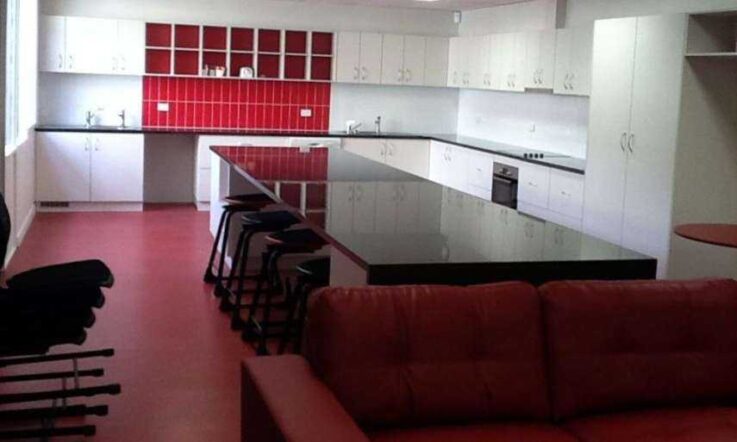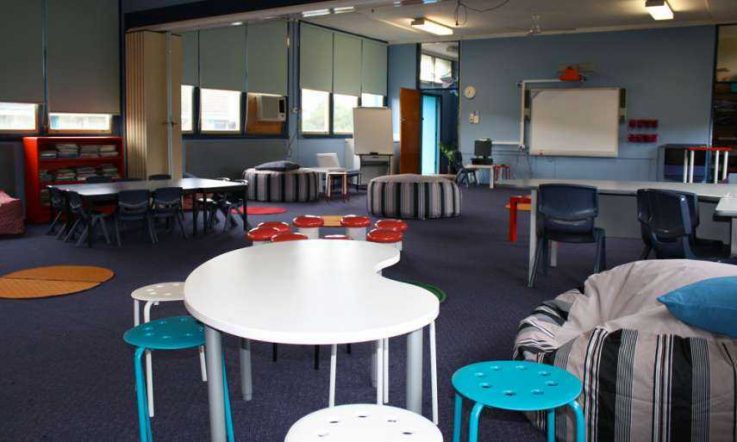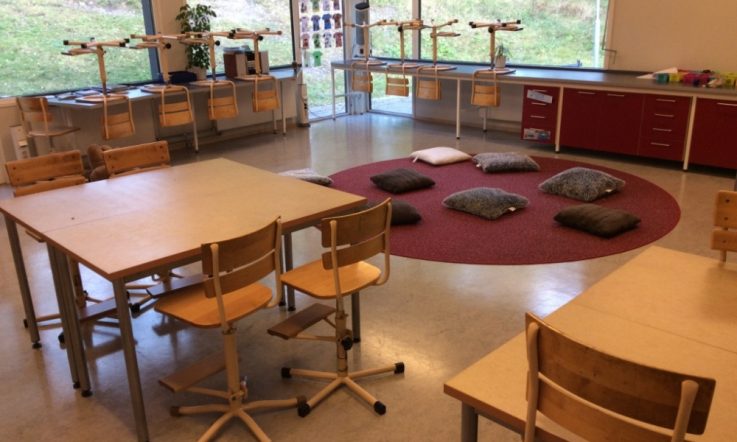‘Developing innovative learning environments is necessary today, as traditional educational approaches will not be able to deliver 21st Century competencies for learners.’
That's one of the key findings of an OECD (Organisation for Economic Cooperation and Development) policy report on school reform. Education Policy Outlook 2015: Making Reforms Happen, explores successful approaches to growing and sustaining innovative learning environments (ILEs).
It draws on research carried out by the OECD’s Centre for Educational Research and Innovation across 23 countries. In addition to sharing key findings, the report highlights key elements of ILEs and the challenges faced by schools and policymakers in growing and sustaining these spaces.
The organisation says 21st Century schools and learning environments should strive to:
- be informed by research-based principles;
- innovate the ‘pedagogical core’;
- engage in strong learning leadership; and
- extend capacity by opening up to partnerships.
International case studies
The policy outlook highlights several case study examples from other countries. They include the Gymnasia renovation process in Slovenia, which created school development teams based on the principles of the distributed leadership model, learning communities and the empowerment of teachers.
In New Zealand, the Learning and Change Networks strategy brings together schools, policymakers and members of the wider community with the target to raise student achievement. ‘Learning and Change Networks are addressing the three big agenda items of schooling improvement - blended learning and cultural responsiveness as a whole - instead of creating projects that deal with those agendas separately, as so often happens.’
The report also shares details of the ‘Innolukio’ school learning environment in Finland, which focuses on creative thinking and entrepreneurship. Partnerships and collaboration is also an important part of this approach.
‘The essential goal of the project is to create a connection between upper secondary school students, businesses and universities, while utilising the creativity of the students as a national resource,’ the report notes.
And, if you’re thinking at this point that your school would struggle to make an impact on its own - think again. The Innolukio initiative started at a single school in Ylievieska (a town with a population of 14 000, 500 kilometres north of Finnish capital, Helsinki) and now involves more than 300 schools and 110 000 students.
Research-based learning principles
The OECD says it has developed key research-based learning principles to support ILEs; these include ensuring learning is often social and collaborative, making it demanding for individual students without overloading them, and being aware of students’ motivations and emotions.
Schools are also urged to put a ‘pedagogical core’ at the heart of their learning environments. When it comes to innovation in this area, the report suggests a focus on four elements: learners, educators, content, and resources.
One example given of how to innovate in the area of learners is to invite parents or family members to become students, or connecting with students from other parts of the world using technology. ‘Who the educators are may be a source of innovation as different experts, adults, families or community members, and the students themselves, work with the teachers, or as teachers join forces across schools and even over large distances to share a class or project,’ it notes.
In the area of content, it recommends emphasising 21st Century competencies, while a redesign of learning spaces is highlighted as just one way to innovate with regard to resources.
This article was originally distributed to Teacher School Learning Community members in 2015. For information on how to join the School Learning Community and to receive quarterly PD packs that support professional learning, fast-tracked Teacher content and exclusive articles written for your parent and family community, click on the link.
References
OECD (2015). Education Policy Outlook 2015: Making Reforms Happen, OECD Publishing. http://dx.doi.org/10.1787/9789264225442-en
Can you make new community partnerships to enhance teaching and learning opportunities?
How are you using research to inform learning principles?
What are the 21st Century skills and competencies your students will need for the future?



